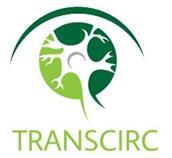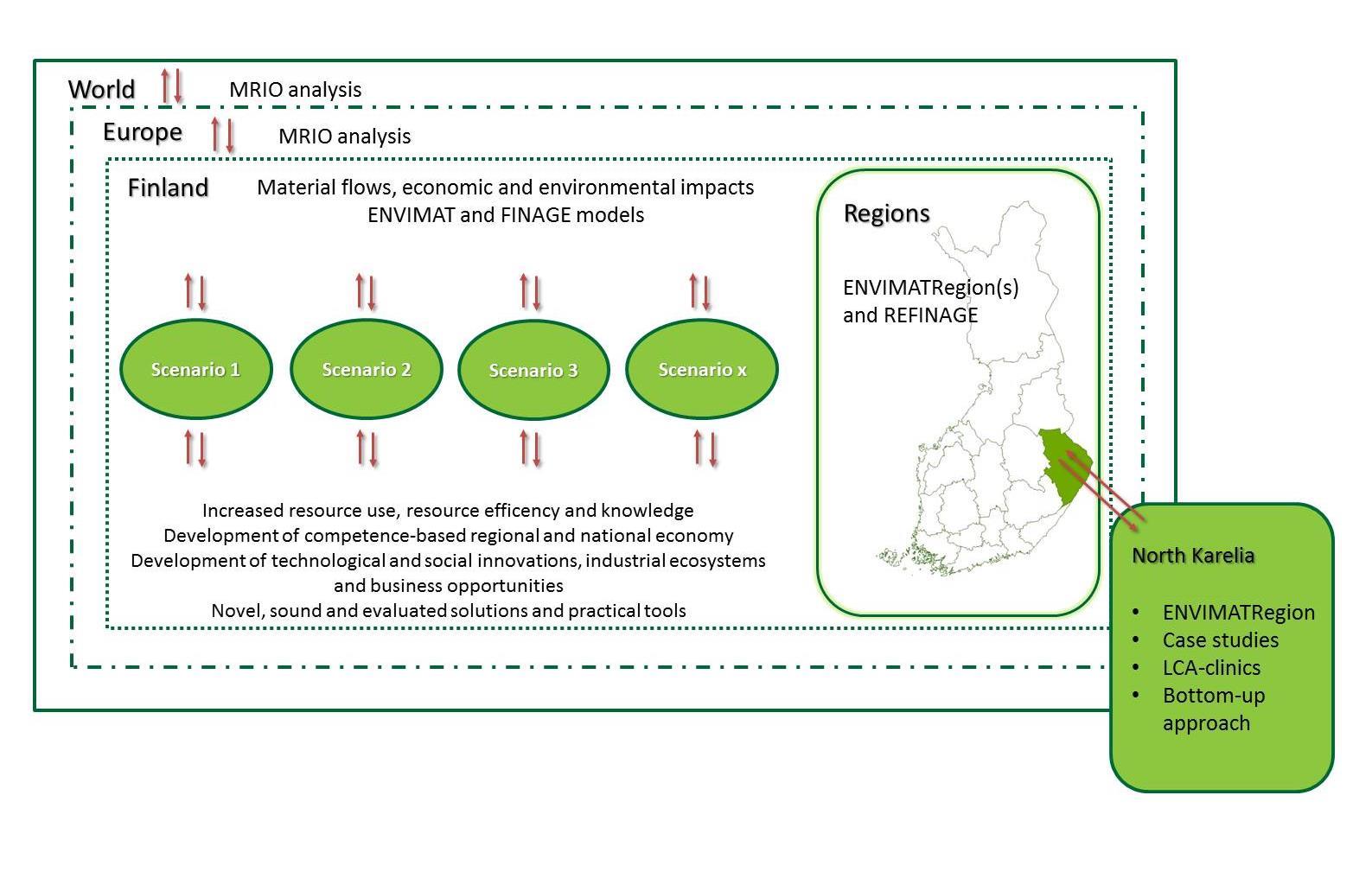
Transition to a circular economy is seen as an essential condition to respond to the challenge of the sustainable use of natural resources in the future. The Transition Pathways Towards Circular Economy (TRANSCIRC) project responds to the challenges of resource scarcity by producing pathways that enhance transition towards a circular economy in Finland within the global context. The overall aim of the TRANSCIRC project is to promote resource efficient transition towards circular economy on national, regional, local and sector levels taking the European and global context into account. The target is to identify the current challenges in implementing a circular economy, and to create economically and socially sound, soluble and evaluated future oriented solutions to overcome these challenges. TRANSCIRC will design concrete pathways that consist of different future-oriented measures that aim at responding to EU targets more extensively and rapidly than would be required and analyses the impacts of the pathways in order to find the most soluble transition pathways towards circular economy.
The TRANSCIRC project recognises that transition towards an appropriately implemented circular economy that will bring benefits for both the environment and the economy requires:
- systemic change in consumer behavior and lifestyles, consumption, production, industrial ecosystems and policies in all levels of society
- new operational environment from the supply and demand point of view
- new regulatory frameworks and policy instruments with precise targets, tools and information to support consumers’ resource efficient and environmentally friendly choice and changes in values of the whole society as well as successful research and development activities to accelerate the change
- removing obstacles from implementing measures to realize circular economy
- relevant and complementary national, regional, local and business level indicators
- new technologies, innovations, processes, services and business models
The identification of potential key sectors, activities and materials requires answering to several questions:
- what changes in consumption, lifestyles, education and other human activity are needed in order to transfer to a sustainable and resource efficient society?
- how these changes can be further supported?
- which institutional factors prevent us from moving towards a society based on circular economy, and how should these obstacles be addressed?
- what obstacles e.g. related to manufacturing and the competence base will lead to an adherence to existing manufacturing methods and technologies, and inhibit the adoption of new solutions?
- what kinds of skills are needed to support the implementation resource efficiency in society?
- what alternatives are there for energy production, for example?
- what are the risks of transition towards circular economy in terms of health, environment, biodiversity and economy, for example?
TRANSCIRC builds on a collaborative approach applying quantitative data, statistics, scenarios, material science on material and waste streams, material flow analysis (MFA), combined environmentally extended input-output analysis (EEIO) and dynamic economic modelling as well as bottom-up approach. The aim is to study the use of natural resources, the role of non-renewable and renewable resources in the transition towards circular economy as well as their environmental and economic impacts and new business and employment opportunities achieved by the changes. The project shows how added value and employment will be changed at different economic sectors, and how Finland can reduce its dependency on scarce raw materials. The cooperation of real-life cases and experiments with different stakeholders will support the process in which the micro-economic findings of measures will be up-scaled to macro-economic results and vice versa.

The TRANSCIRC project will be implemented in 6 work packages. The aim is to conduct a comprehensive and disaggregated scientific assessment of the best solutions to boost the transition towards circular economy by:
- exploring the current state and future trends of resource efficient circular economy
- identifying the barriers, challenges, opportunities and drivers for future development of circular economy
- identifying the key sectors, activities as well as material, waste and by-product flows
- learning from case studies, bottom-up processes and interaction with wide range of stakeholders in order to co-create new knowledge and understanding of the preconditions of circular economy
- understanding bottom-up processes through cases and experiments helps to identify and design win-win solutions for different actors and create possibilities to up-scale efficient measures and vice versa
- designing alternative, novel and soluble scenarios and pathways towards circular economy
- modelling the economic, environmental and social impacts of the future scenarios
- combining material flow and EEIO analysis (ENVIMAT) and dynamic general equilibrium model (FINAGE/REFINAGE) offering possibilities to study the impacts of circular economy on environment and economy at a very detailed level of products and industries
The research project will address the issues on how to improve resource efficiency and support the transition towards a circular economy, which will serve to boost exports and competence-based growth in Finland by studying the opportunities and challenges and producing a comprehensive understanding on the circular economy by creating an extensive view of the barriers, opportunities and preconditions of the transition towards circular economy in practice on different spatial and institutional levels.
Contact information:
TRANSCIRC project coordinator: Senior Research Scientist Susanna Sironen, Finnish Environment Institute SYKE, firstname.lastname@ymparisto.fi